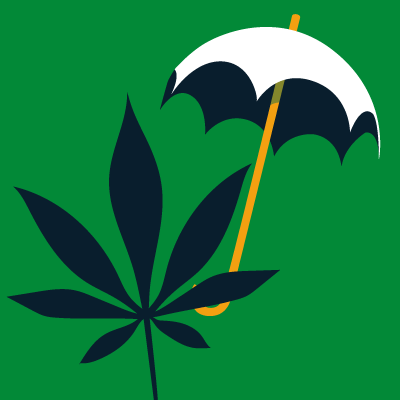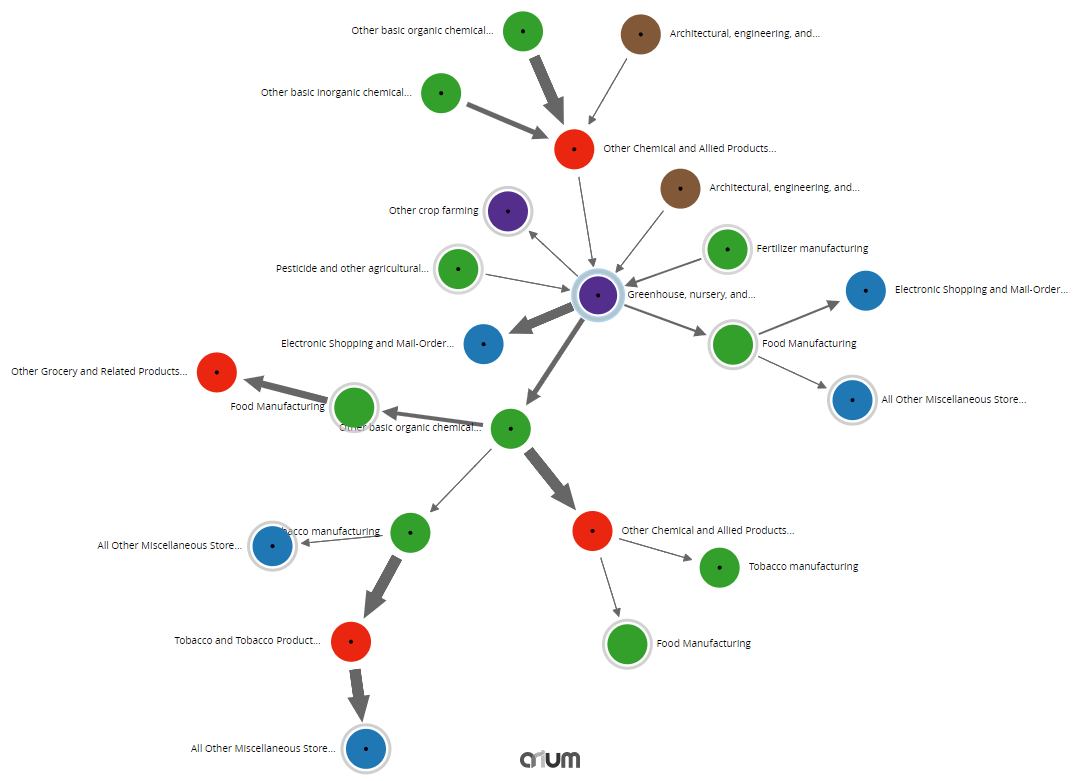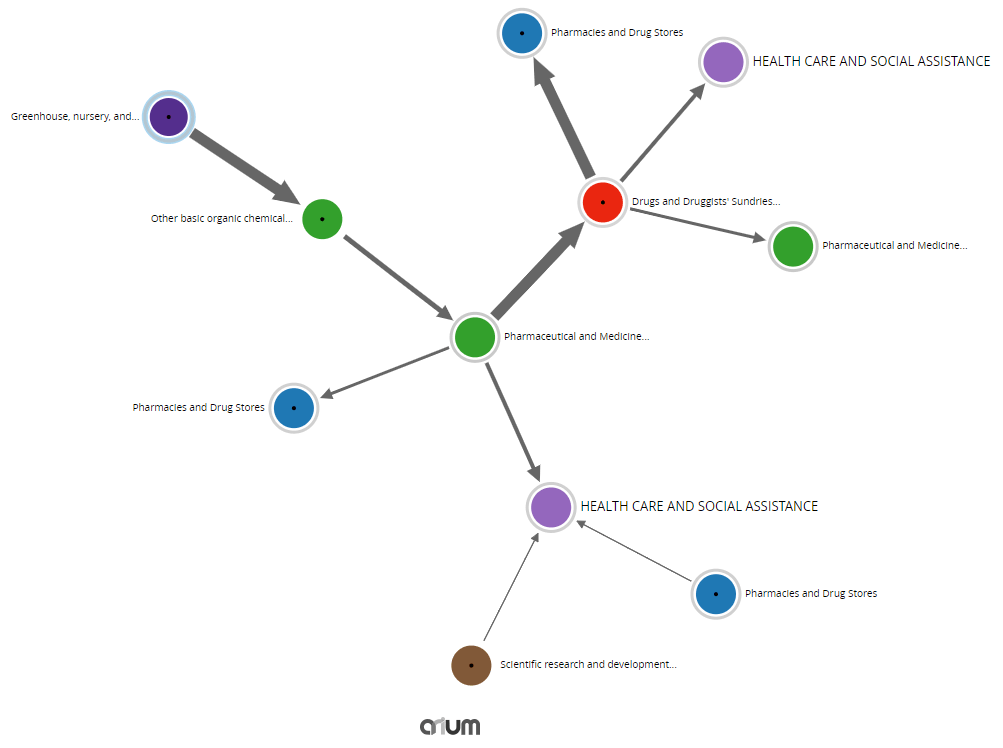
In our previous blog we introduced the topic of marijuana-related liability. In this post we discuss how, with an initial focus on the product side, the team at Arium analyzed systemic factors that could affect the marijuana industry to quantify marijuana-related liability losses. To do this, we developed two correlated scenarios based on the supply chains for recreational and medical use.
The Arium team considered certain potential factors when quantifying aspects of the risk. To quantify the severity of the risk, we used factors such as total number of marijuana consumers, the percentage that are recreational users, medical costs, and the time it will take symptoms to surface. In addition, we used proxies and historical information to project forward some of the factors quantified, such as product contamination. Historical data helped to identify potential industries as sources of contamination along the supply chain (e.g., pesticides, additives, etc.). The team then coupled that data with current market information, such as production levels per farm.
To quantify the pervasiveness of the risk, the Arium team used data on disease epidemics, statistics on the type of risk, and how liability could be created. It may be more likely, for example, to have product contamination in the recreational marijuana scenario than in the medical one because medical marijuana may be subject to stricter regulations and controls than recreational marijuana.
Using the severity and frequency risk information, we were able to estimate the total (economic and non-economic) marijuana-related losses and model the spread of losses across industries and insurance lines of business. We could then estimate the total gross and net (of reinsurance) insurance losses for a specific portfolio.
Which Aspects of the Marijuana Industry Could Potentially Impact Insurers?
For a recreational cannabis-related event (Figure 1), here are the industries and the liabilities insurers are potentially exposed to:
- Growers: product liability and general liability losses
- Chemical manufacturers: general liability and product liability losses if their products (e.g., pesticides and fertilizers) contaminate marijuana plants or infused marijuana products
- Food manufacturers and tobacco manufacturers: product liability, general liability, and even directors and officers (D&O) liability losses, as both industries process marijuana and may manufacture products such as candy or brownies, as well as marijuana cigarettes mixed with tobacco, which may also have product contamination risk
- Recreational dispensaries: general liability loss if, for example, they provide wrongful advice, or fail to comply with a product recall
- Testing laboratories: professional liability loss if, for example, the testing for marijuana-related products was inadequate
- Researchers: professional liability if, for example, their testing of products is inadequate

For a medical cannabis-related event (Figure 2) here are the industries and the liabilities insurers are potentially exposed to:
- Growers: general liability loss if, for example, there is product contamination or if they sell the marijuana directly to retailers
- Pharmaceutical manufacturers: product liability and D&O liability losses if, for example, they fail to warn of the side effects of the drugs
- Wholesalers: general liability loss if, for example, some products were defective or sold that did not comply with regulations
- Healthcare providers: professional liability loss if, for example, they fail to warn of or are associated with medical malpractice
- Pharmacies: general liability loss if, for example, they provide wrongful advice, fail to comply with a product recall, or distribute the drugs with insufficient checks or control leading to illicit use of marijuana
- Scientific research: failure to warn or disclose potential side effects of taking marijuana or some of the derivatives from it. This might be covered under professional liability policies.

As is the case with other emerging issues, the potential risks related to the commercial marijuana market continue to evolve. AIR's Arium team are actively monitoring this issue.



